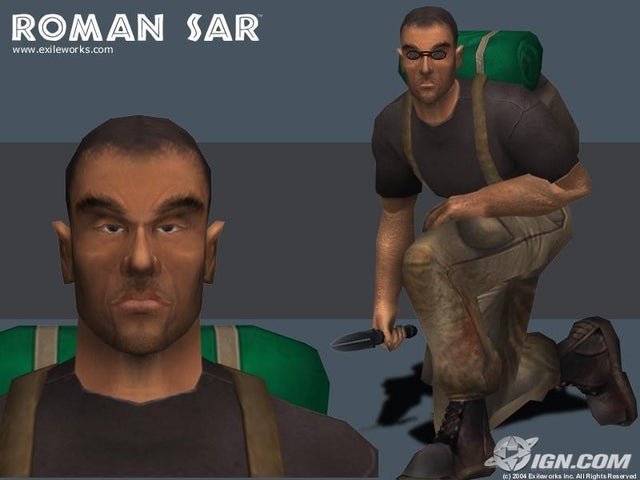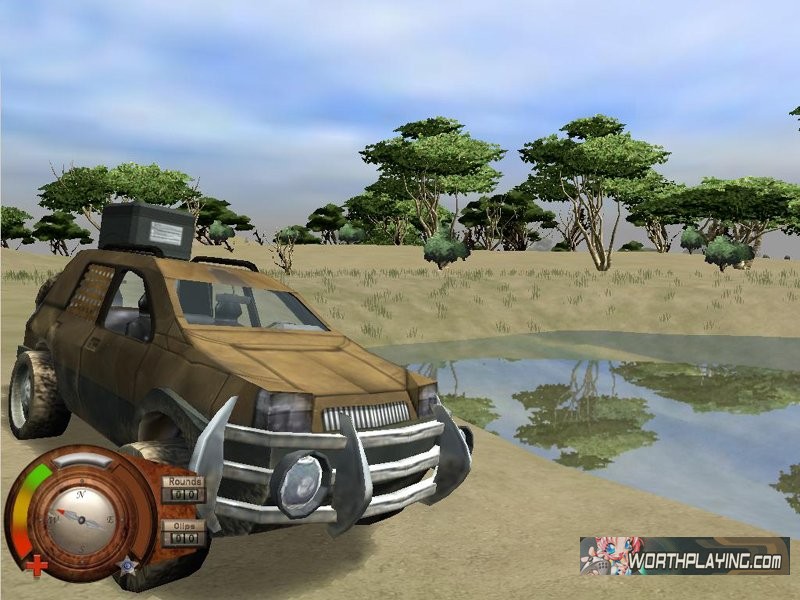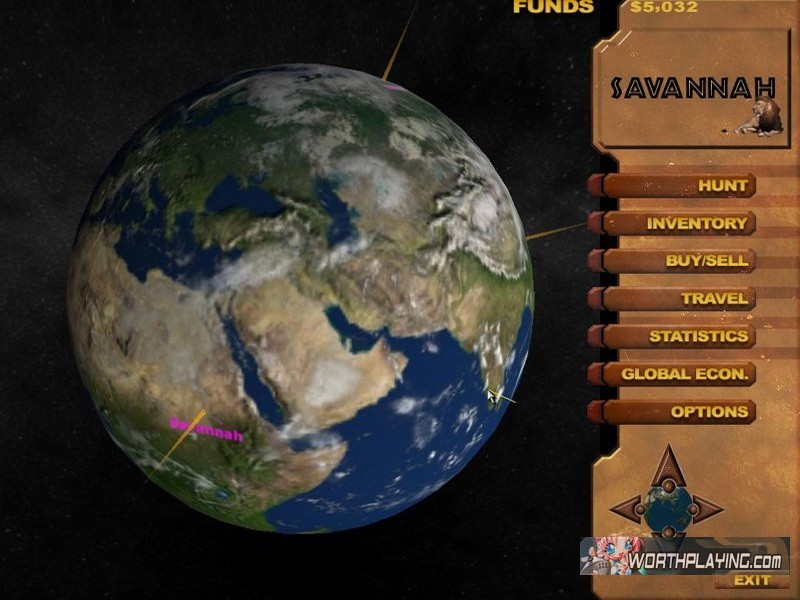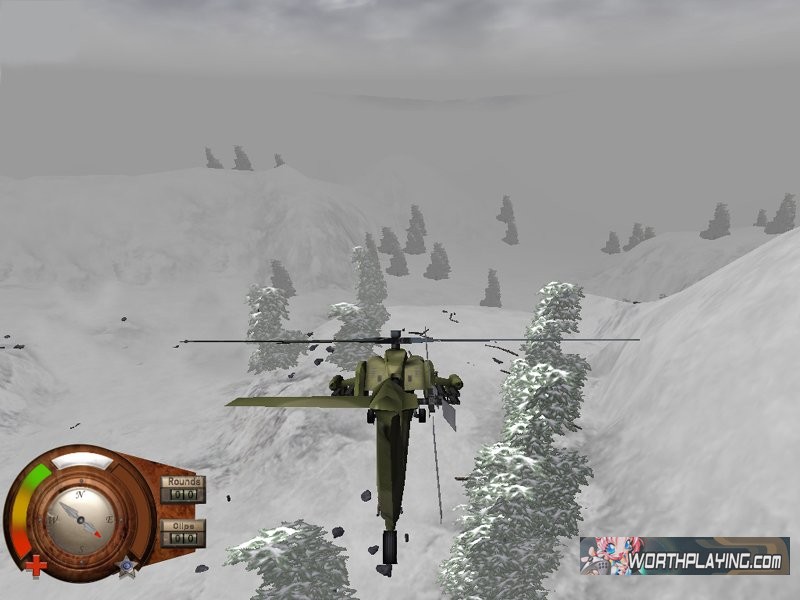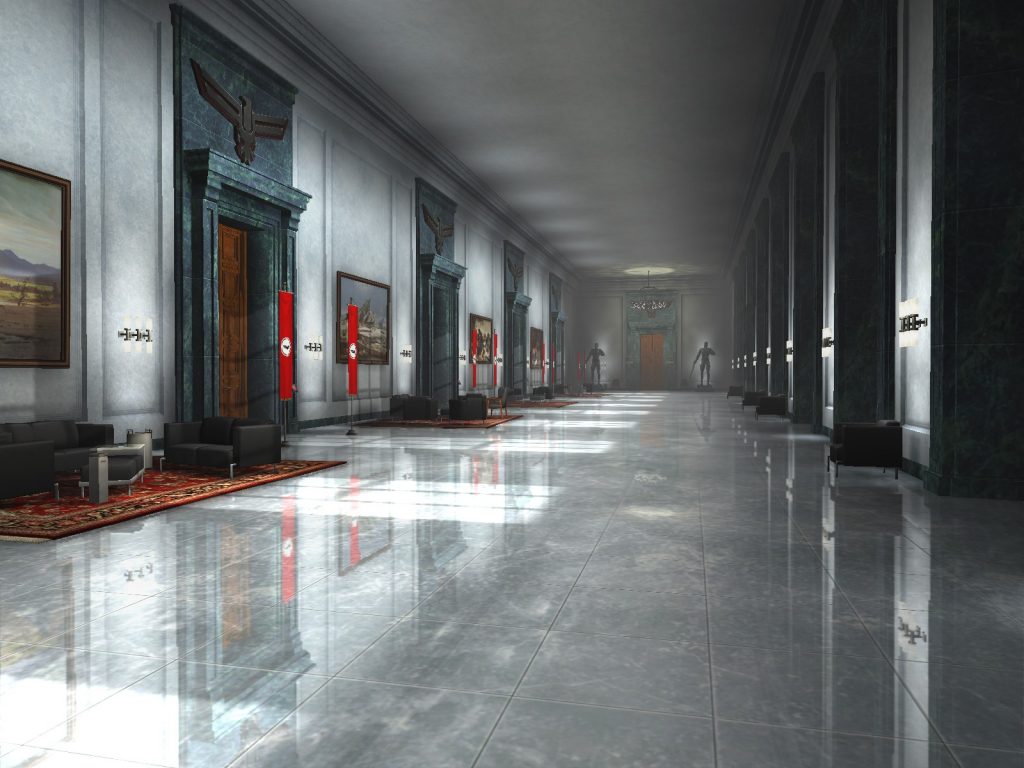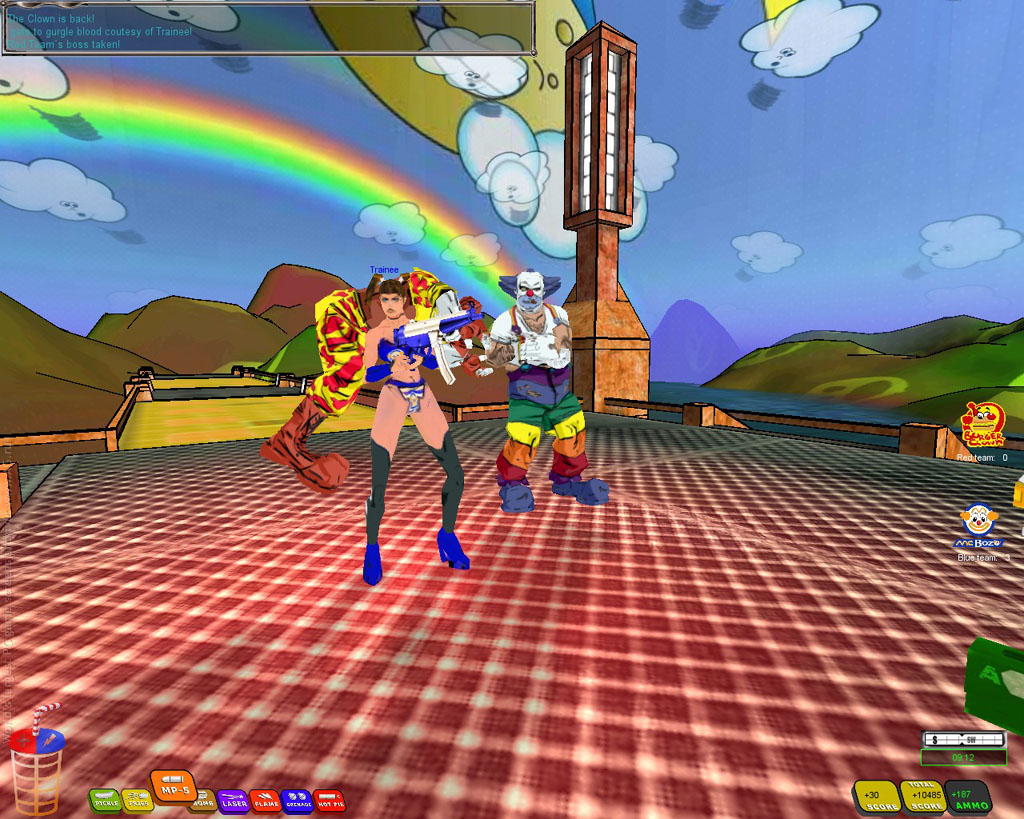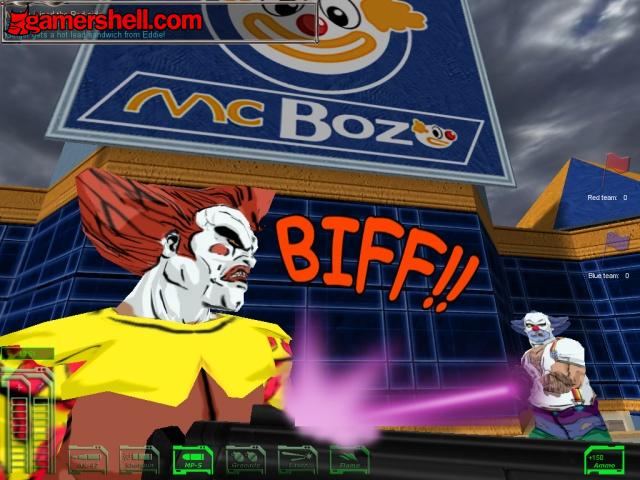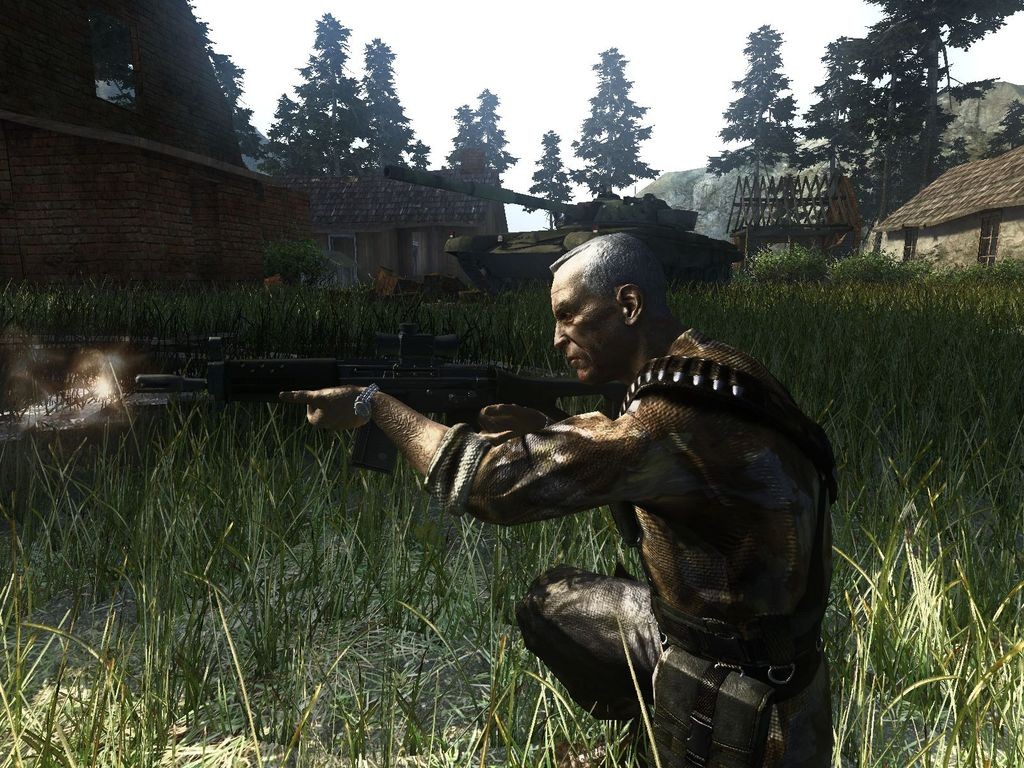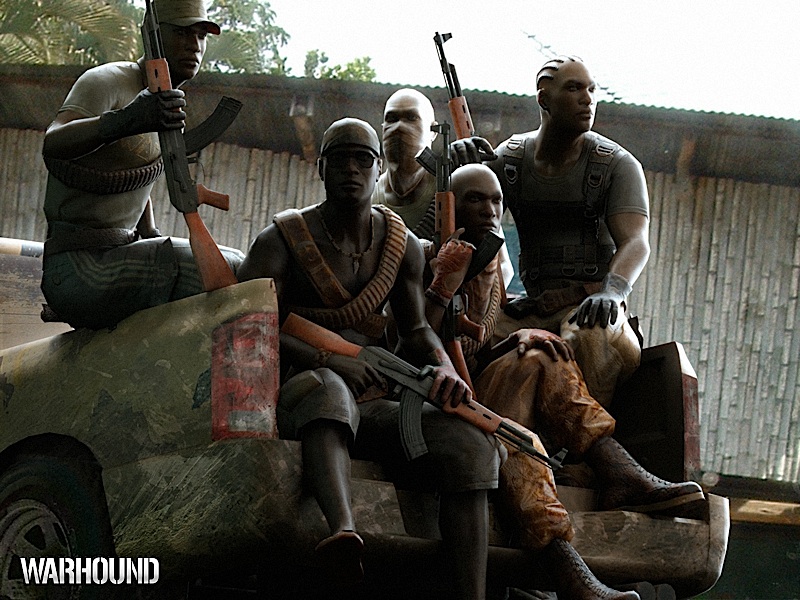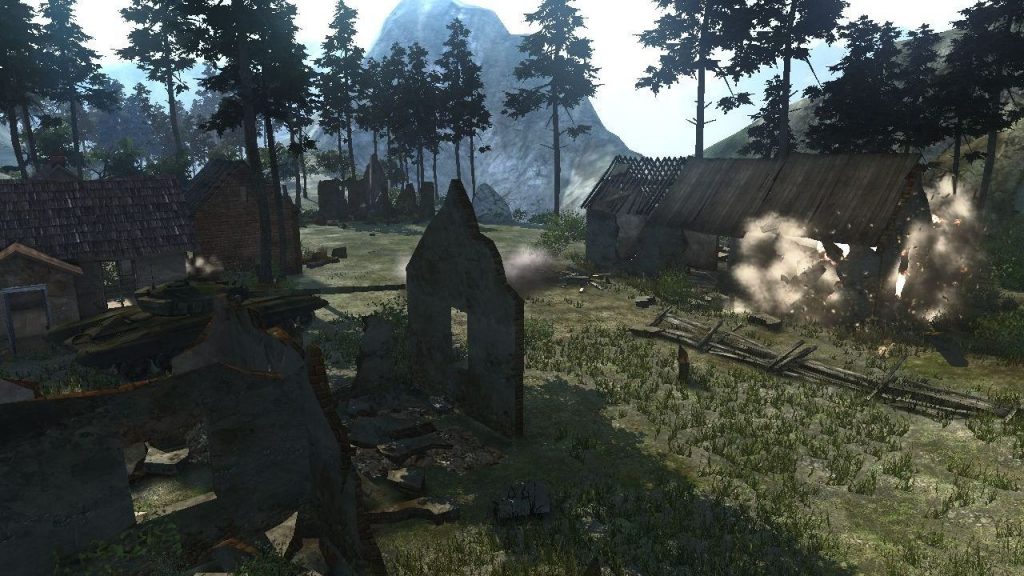Poacher is a cancelled “illegal hunting game” that was in development around 2003 – 2004 by Exileworks Inc, planned to be released on PC. When it was announced magazines and gaming websites were a bit concerned about the concept of hunting endangered species (rhinos, elephants, tigers, gorillas, etc.) and maybe this could have been one of the reasons the game was never completed.
Players would have to use stealth to weave through the bushes and avoid being seen by the animals, while fighting off natural reserve wardens as they try to stop you across the entire globe. Many different areas would have been available, such as the South American forests, snow covered Russian reserves and the African Savannah. Your main objective would have been to earn more money by hunting rare and dangerous species, selling them on the black market. With this money you could then buy new weapons, equipment and vehicles (ATV, Truck, or helicopter), to help you hunt down even bigger and more difficult animals. We can read more about the game from the original press release:
“This upcoming title represents an entirely new facet of gameplay for all first person shooter and resource management enthusiasts. You are Roman Sar, a poacher with a bad attitude and big guns. You fight and struggle your way through the African Congo to the deep jungles of India as you hunt for the most famous of endangered species; all the while avoiding and battling the dreaded Game Wardens.
Poacher is a free form game that allows the player to choose their hunting grounds, and to upgrade their character as time goes by. You control your destiny as you plot your way through some of the most dangerous places in the world. You must avoid capture and defeat the Game Wardens who constantly attempt to capture or kill you! Trade your goods on the black market to gain more money and power!
It should be noted that the game is very dependent on the players stealth ability. The animals are far from defenseless, and therein lies the challenge! The hunter is often the hunted and lack of caution will lead you to a quick end. Before you know it a tiger has you in its claws, or an elephant is using you as a doormat.”
In 2004 HomeLAN published an interview with Peter Khojasteh, at the time working for Exileworks on the project:
“HomeLAN – What can you tell us about the basic gameplay for Poacher?
Peter Khojasteh – The game is played from a first person perspective emphasizing stealth. Using a wide variety of weapons, including some explosives, the player will move through wilderness environments hunting animals while trying to avoid getting killed. At the same time the player will also have to avoid or engage the wardens who will actively hunt the player. Vehicles will also play an important role.
When the hunt is over, the player is taken back to the GWI (game world interface) where they will manage resources. This includes planning trips to other hunting sites, buying and selling the goods you acquire, buying new equipment including vehicles and weapons, and checking the status of goods on the global market. The GWI is essentially the player’s portal into the various 3d environments, and also adds its own unique gameplay elements.
HomeLAN – What types of animals do you hunt in the game and how is the combat handled between the poacher and animal?
Peter Khojasteh – There are Rhinos, Elephants, and gorillas to name a few. In addition to this there are some things that the player will simply not expect. Combat will involve pre-planning and intelligent use of resources. Given certain situations, the player will not be able to succeed easily unless they have the right equipment for the job.”
Peter was also interviewed by Gengamers:
“Let’s talk about the gameplay, please! Is Poacher a typical action game or will you implement interesting gameplay variations?
Poacher is a hunting game with quite a bit of action. If you’re not chasing down an elephant, or outrunning an insane crocodile along a riverbank, chances are you’re being shot at by game wardens or Interpol. The game mixes this sort of enjoyable gameplay with resource management that is not just an afterthought. The choices you make with your resources really affect the way Roman (the main character) can interact with the various environments and challenges he faces. We’ve worked extensively on the AI to help the player become truly immersed in the game world.
Will the player be able to drive vehicles?
We have helicopters, Atv’s, Trucks, and even a barge. There are so many vehicles in this game, the player will always have something awesome to crash.”
“How many weapons will appear, and what’s up with the equipment? Will we see some helpful goodies?
There are many different types of weapons ranging from hunting rifles to machine guns and c4. The weapon a player uses directly affects the outcome of many situations. It’s important to remember certain circumstances require different weapons and different tactics. The equipment really gives Roman his edge. For example, the night vision and various forms of camo are really important to maintain a stealthy profile.
How long will it take for the player to finish the game? Will you include different endings? Is there any replay value?
The game is essentially endless, so the reply value is substantial. Along with proposed multiplayer modes, the player will have many gameplay choices.”
Images:

